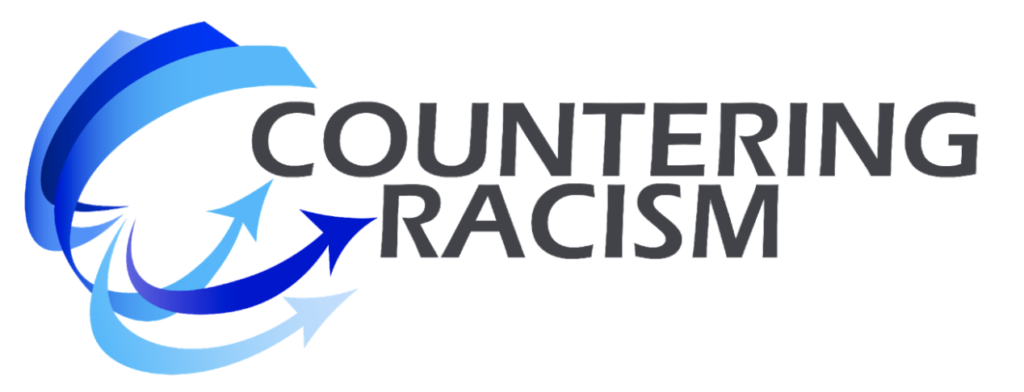Leading Journeys of Change
There are Three Phases in Leading a Journey of Change
The first phase (beginning the journey) is about what’s driving the need for the change journey, where we are going and the core leadership that will get us there. This is the phase for setting direction and generating the initial momentum.
The second phase (on the path) is about engaging people, extending the web of leaders, building capability, and guiding and supporting people over the course of the journey. This is the phase for “holding the course” – refining the direction, generating more engagement and momentum, and staying on the path.
The third phase (completing the journey) is about alignment and attunement for sustainability. Aligning the “things of the organization or community and attuning the people. This is the phase for integrating everything and dealing with the “ripple effects” of the change. It builds the foundation for sustained performance.
There are Six Leadership Roles to be Played – Each with
Three Core Strategies
Two of the leadership roles – the Visionary and the Architect – are played with six core strategies in the beginning of the journey (phase one).
Three of the roles – the Catalyst, the Guide, and the Builder – are played with nine strategies on the path (phase two).
One role – The Integrator – is played with three strategies in completing the journey (phase three). The core strategies answer the natural questions that people have about the journey of change.
These leadership roles and strategies will provide different levels of leverage in different changes. While some roles and strategies will be more important than others in a change, they all matter and none should be missed.
It’s Always About Adaptation
Although these roles and strategies are applicable in all major changes, it is always a matter of customizing them for the specific nature of the organization or community – and the specific nature of the change being led. The fundamentals can be trusted, but no two journeys of change are the same, so it’s always about adaptation.
Please Note:
- The leadership roles are not people – they are roles that will be played by different people at different levels of the organization or parts of the community.
- Different strategies will provide different leverage in different changes, but all of them are important and any that are missed will undermine success.
- The model is oriented toward corporate and organizational change, but it is equally adaptable to community change.
Roles & Strategies “In the Beginning”
The Visionary
- Establish the “business case”
- Create the vision
- Make the leadership commitment
The Architect
- Define the required organization design
- Establish the core leadership team
- Create the change plan(s)
Roles & Strategies “On the Path”
The Catalyst
- Expand the “leadership web”
- Prepare and engage the people
- “Operationalize” the vision
The Guide
- Support people through the journey
- Establish communication systems
- Implement a healthy system of accountability
The Builder
- Maintain and expand the leadership web
- Build the individual, group and systemic capabilities required
- Guide people through the mastery process
Role & Strategies “In Conclusion”
The Integrator
- Manage the “ripple effect”
- Align the “things” of the organization
- Attune the people
Most organizational or community change is disappointing for a reason. It’s complex and tough. That means it requires exceptional leadership that is aligned well into the organization or community (the ”leadership web”). Our model is designed to provide the foundation for aligned sustained leadership end-to-end.
Guidelines for Adapting the Model
You can download a chart that provides guidelines for adapting the model to initiatives designed to counter racism – whether corporate or community. The chart also provides an excellent structure for conversations about how to lead the initiative.
